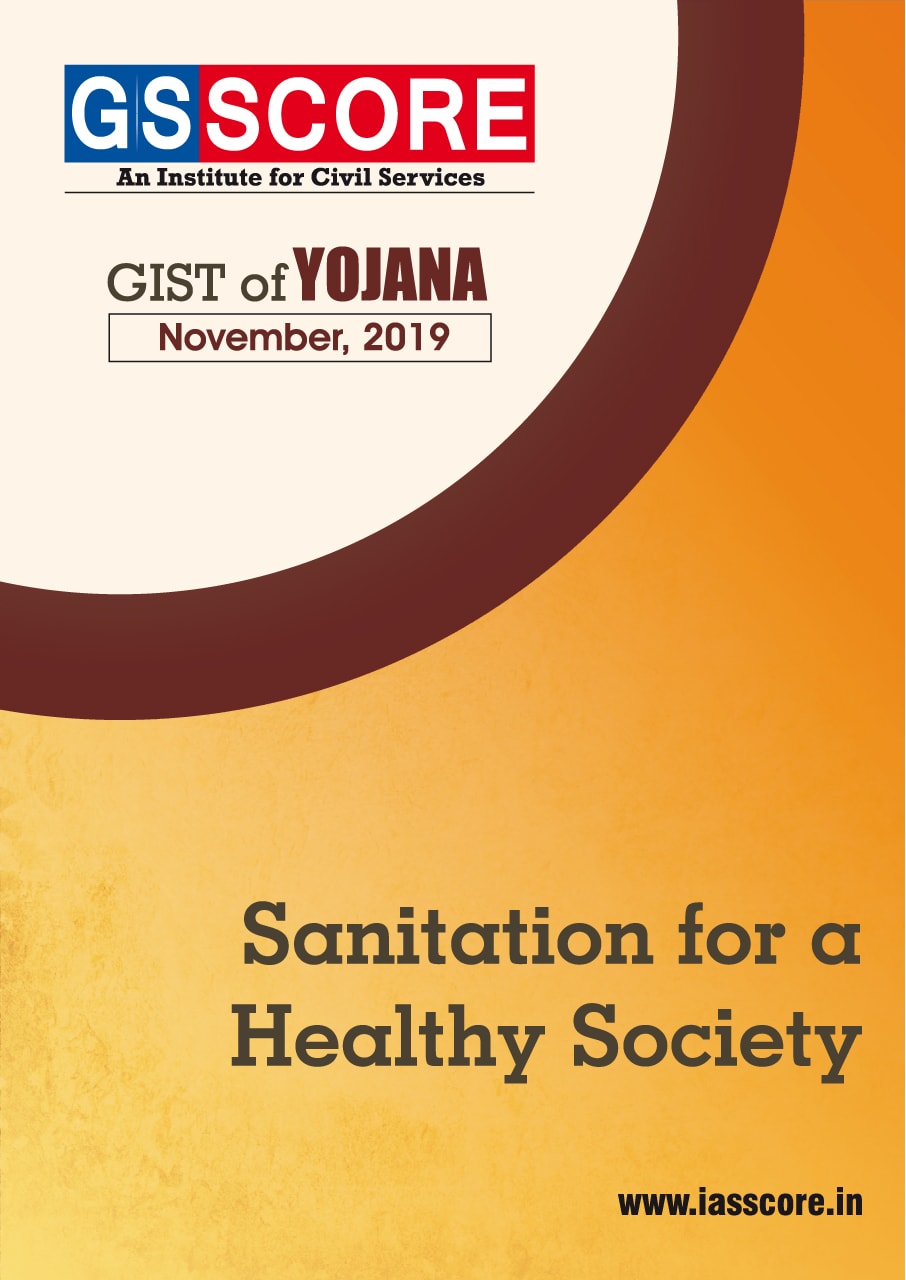


Sanitation Economy and Dignity of Sanitation workers
- Due to various government initiatives, primarily ‘Swacch Bharat Abhiyan’, the sanitation sector has emerged as a big economy in India.
- Sanitation economy is not just about toilets but it also includes provision of clean drinking water, elimination of waste and converting them into useful resources and digitized sanitation system that optimizes data for operating efficiencies, maintenance, consumer use and health information insights.
- Sanitation to an economy in itself is also cross-cutting theme and has the potential to contribute in a big way to the growth and employment of many other sectors such as health, consumer goods and new and renewable energy.
Emergence of Sanitation As An Economy
- The major initiatives launched by the Government are Swachh Bharat Mission (SBM) in 2014, Jal Shakti Abhiyan (JSA) and curbing single-use plastics in 2019.
- This aimed at providing basic sanitation to all Indians, ensuring piped water supply to all rural households and combating pollution, respectively.
- A recent report by the Toilet Board Coalition estimated the sanitation market opportunity in India alone to be at US$ 32 billion in 2017 and doubling to US$ 62 billion by 2021.
- It will help in improving the quality of life and ease of living of the citizens. This sector holds immense potential in terms of generating large number of new job opportunities for our youth.
- India's success in this sector would help in achieving the global Sustainable Development Goal (SDG) of providing access to adequate and equitable sanitation and hygiene for all and ending open defecation by 2030 (SDG 6; Target 6.2).
- It will also improve the quality of lives of Indians apart from achieving numerous Sustainable Development Goals. “Clean India” is essentially a component of government’s vision of building a ‘New India’, with an ambition of achieving “Sankalp Se Siddhi”.
Related Articles


